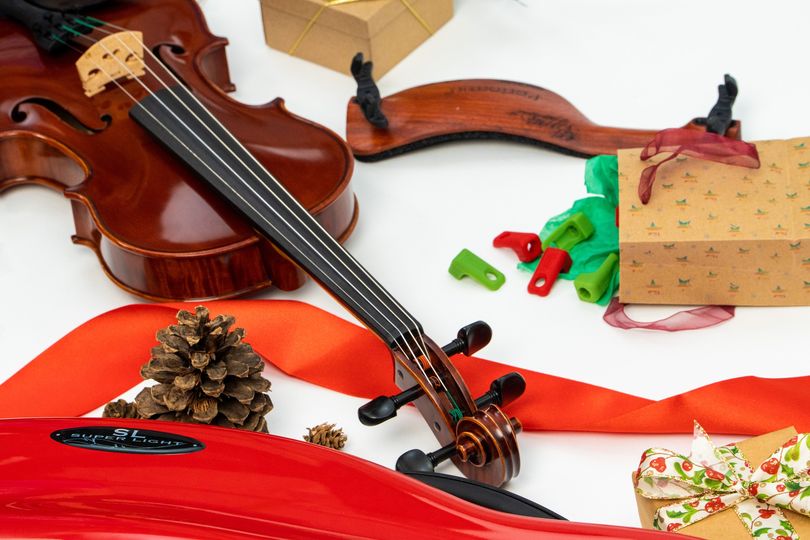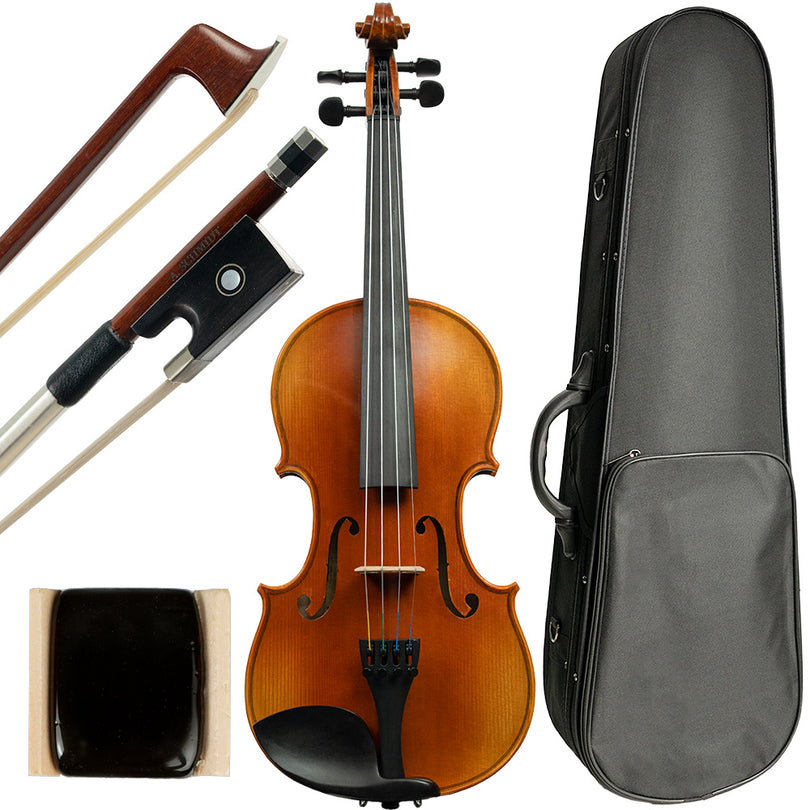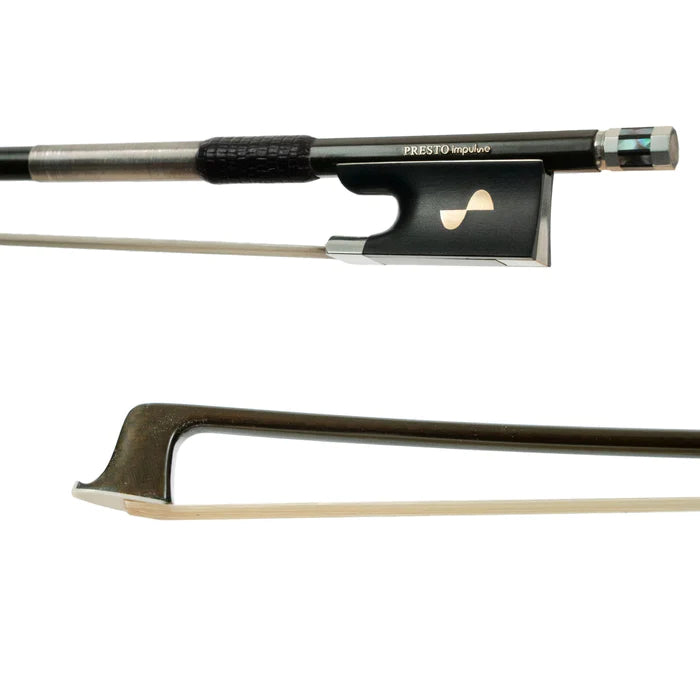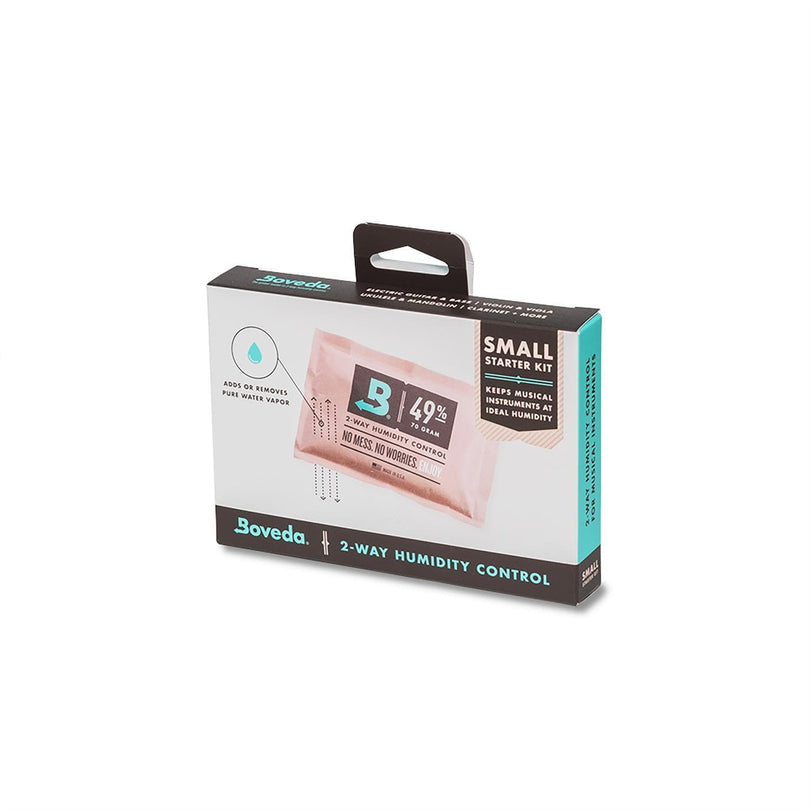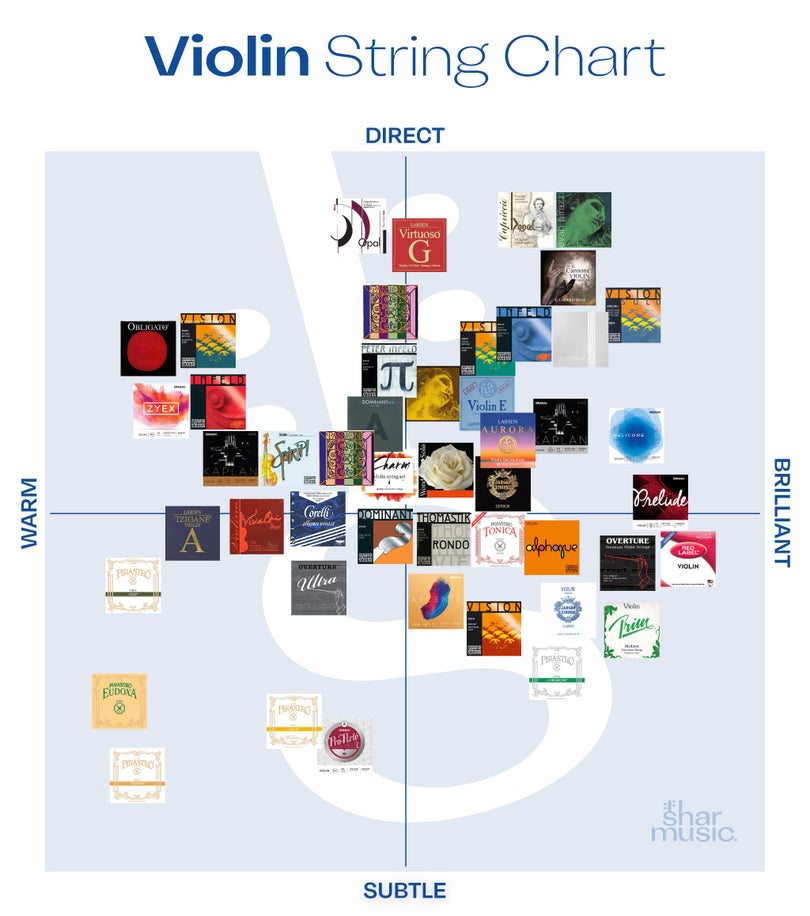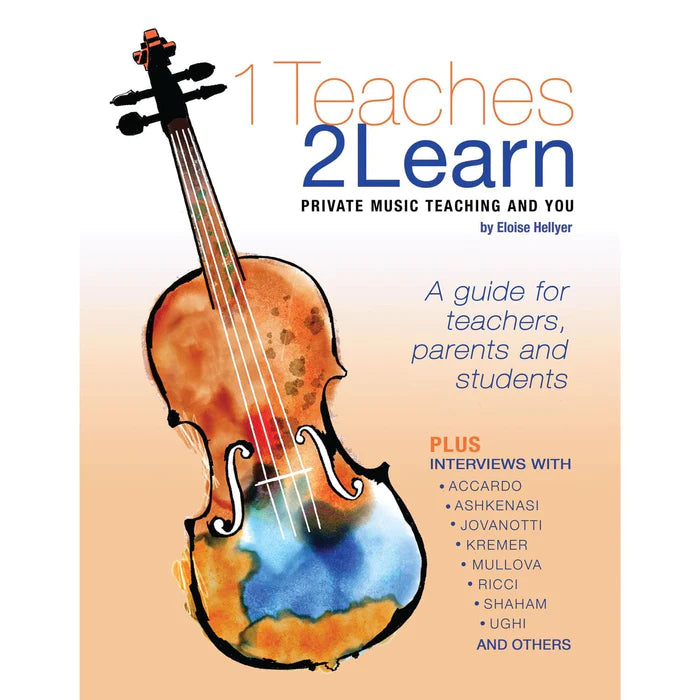Learning to play the violin can be intimidating, but intimidation quickly turns to frustration when a beginning violinist starts out on a lousy instrument. Many aspiring musicians have given up on playing early due to issues which they blame on themselves, but are often just the result of playing on a cheap violin.
Don’t worry, though: this is an important case where “cheap” and “inexpensive” need not be interchangeable! A student violin shouldn’t break the bank; spending the most money doesn’t guarantee getting the best instrument.
How to tell the difference, though? There are several important details to consider. Any of these factors might mean the difference between the best violin for beginners and a fly-by-night disappointment destined for the back of a closet.
Here at Shar, we’re partial to Franz Hoffmann™ violin outfits. These excellent beginner violins (as well as violas, cellos, and basses!) are a reliable and reasonably priced option. They check all the boxes we outline below, and every instrument is given a professional “setup” (more on that below!) at our facilities in Ann Arbor, Michigan. All models are sold with everything a new player needs to get started, including a bow, a case, rosin, and several other accessories and teaching aids designed to serve beginning musicians on their first musical explorations. Best of all, there is a nice range of options for different budgets!
In a recent article in the New York Times’ Wirecutter series, Shar Music’s CEO Charles Avsharian (along with Young Strings of America ambassador Ezinma and a host of others) offered advice on some of the finer points of choosing a beginner violin. The first and foremost piece of advice in the article: find a teacher before purchasing a violin! If you can, ask around locally for recommendations. A good violin teacher knows a thing or two about what to look for in a violin, and it’s part of their job to share that knowledge with beginner violinists!
Still, there are some things that are useful to know yourself going into buying a beginner violin. Here are some things to look for:

The right bow. The quality of the bow is just as important as the quality of the instrument, but the best violin bow for beginners is not the same as the best for a professional violinist! Starter bows made of good materials (such as the brazilwood Schmidt Workshop™ bow, included with all Hoffmann outfits, or the carbon fiber Shar Fusion bow) will have a little extra weight on them to help new students pull a sound out of the strings. Be sure also that the hair holds rosin well: this sticky stuff is essential to getting the friction to produce sound from the violin! Synthetic hair can be a perfectly fine alternative to real horsehair, but there is low-grade plastic hair out there which doesn’t really accept rosin properly. A bow with this problem is sure to frustrate even the most determined student!
Steel/aluminum core strings. As we explained in a recent article about catgut strings, steel core strings are typically the best strings for beginning violinists. Unlike the supple, warm sounds favored by advanced players, steel core strings produce a more direct, bright tone, and it's easier to pull a sound from them than with other strings.
This kind of responsiveness is ideal for new players: if it’s easier to pull a satisfying sound from the string, they’re more likely to carry on to the next level. Think of it like the first couple levels of a video game: eventually a player will get to level 4 and need some advanced tools, but first they need to learn to navigate the terrain and avoid traps!
It’s best for beginners to seek out steel or aluminum core strings like Overture or Aurora. Intermediate and advanced players often move on to synthetic core strings like Dominant or Il Cannone.
A good, well-placed bridge. This thin piece of wood is instrumental (no pun intended) in holding the strings off the body and fingerboard, allowing the instrument to resonate properly. The bridge’s quality and positioning are very important: if the strings are too close to the fingerboard, they won’t sound; if they’re too high off the fingerboard, it will make holding the strings down very uncomfortable (in the Times article above, they describe it as feeling “like a cheese cutter on your fingers”).
For the sake of both the instrument's sound and the player's fingertips, the bridge should be a perfect 90-degree angle from the body of the instrument, and there should only be enough space between the strings and the fingerboard to slide in a business card. The bridge should also be curved so that the D string is furthest from the fingerboard, and the E string is closest. The best, most reliable bridges are hand carved.

High quality pegs and fingerboard. The fingerboard is the part of the violin the player's hand touches the most, so it is particularly subject to wear. The tuning pegs don't get touched as much, but the quality of the pegs impacts how well the violin stays in tune, so quality materials are equally important there! For beginner violins, it’s good to look for a fingerboard and pegs made of ebony (all the aforementioned Franz Hoffmann™ beginner instruments boast this feature).
A quality varnish. An instrument’s varnish isn’t just there to look nice; it actually impacts the sound of the violin! A good entry-level violin might feature a nitro varnish, while somewhat higher-end beginner models might be coated in a hand-applied spirit varnish.

A professional setup. The best way to know that everything is optimized for a beginner violin is to ensure that a professional has put the instrument through a formal quality control and shop adjustment process known as a “setup”. You’ll find that an astounding number of non-specialist retailers do not put their instruments through this process, and you can definitely hear the difference!
If you purchase an instrument that hasn’t gone through a setup process, your local repair/luthier shop most likely offers such a service. As we mentioned earlier, Franz Hoffmann™ instruments purchased from Shar have already gone through a professional setup process before they reach a player's hands.
Selecting the best violin for a beginner can be daunting, but applying the criteria above will narrow the field considerably. If you still need guidance, Shar’s customer care team is always happy to help any aspiring musicians figure it out. Picking the right place to start, after all, is key to learning to love to play violin!


